[To go back to the main YMMV Table of Contents, click here.]
AKA: As close as most of us will ever get to using an original Field Notes Butcher Orange single.
Way back in the halcyon days of the winter of 2008, Field Notes released their very first limited edition (which was originally called “colors”). The edition, which had just 500 packs printed, was called Butcher Orange. It sold out in pre-order. (Although I am reliably informed that six months later, FN released a retail edition of an addition 1000 packs, which explains why the original Orange shows up more frequently than the Butcher Blue).
Eight years later, in the spring of 2016, Field Notes surprised their subscribers with a bonus shipment that contained two-packs of Butcher Orange and Butcher Blue (the second limited edition). But they went one step further and had the title on the belly band be the name of their subscriber. Wow! Fantastic idea, and probably a logistical nightmare. I’ve also seen some editions where the belly band has the address of Filed Notes HQ in Chicago, and some that just say “Commemorative Reprint” on the band.
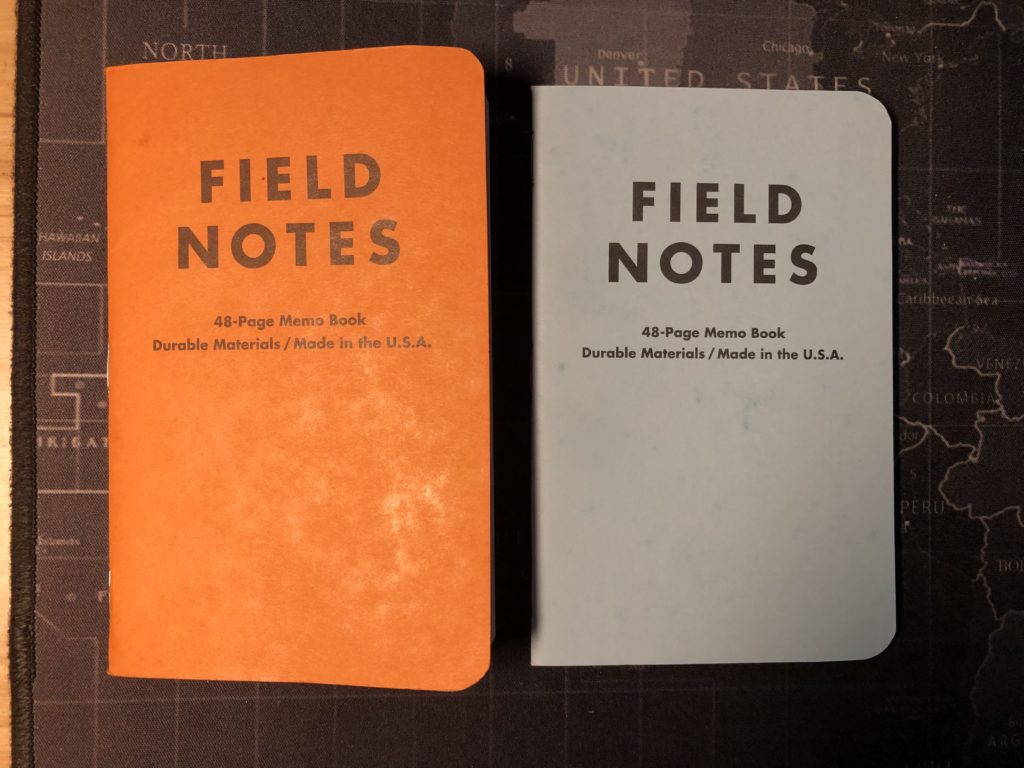
While ostensibly these reprints were exactly the same as the originals, in fact there were several differences. On the orange single, the details inside the cover reveal that the reprint’s cover is identical to that of the original: French Paper’s Dur-O-Tone 80#C “Butcher Orange”. However, the innards are listed as Finch Paper’s Opaque Smooth 50#T in a ‘Bright White’. The website for the original Butcher Orange pack lists “Boise Offset Smooth 50#T white”. We can assume these papers were very similar, but there is a slight difference. The cover of the Reprint and the original were both printed on a Mitsubishi Diamond Series 6-color printing press. However, the innards of the Original Butcher were printed on a Didde 5-color printing press, while the reprint was printed on a Miller 2-color press. Again, probably not much discernible difference to the end user, but worth noting. The original was bound on a McCain 8-pocket saddle-stitcher. The reprint was bound on a Heidleberg. Perhaps the one area where they could have, and should have, used an updated piece of machinery was the corner rounder. But both editions were rounded on a CRC, and as we’ll see below, poorly.
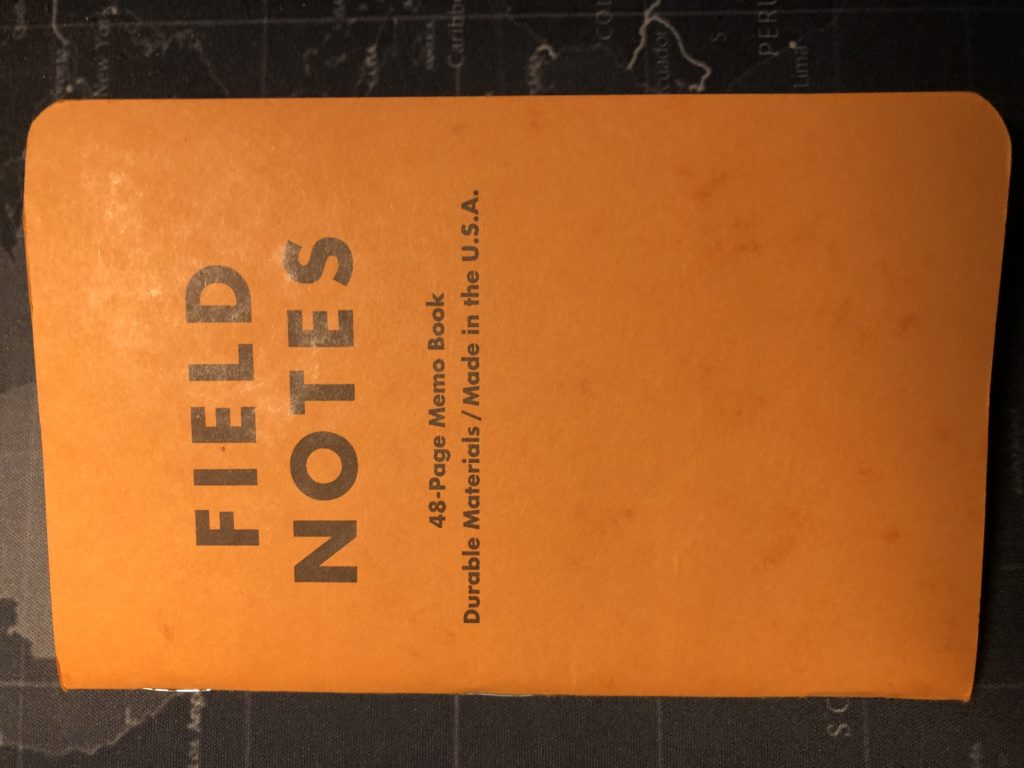
I wasn’t aware of Field Notes when they first offered the Butcher Orange in 2008, but had I been, I can say I probably would not have been impressed with that edition. For those who have not seen one up close, it’s called Butcher, because the paper has what appear to be grease spots all over—like butcher paper—the kind originally sold to butchers with which to wrap meat. It’s a cheap but sturdy paper. While the orange color itself is nice, the greasy spots are less so.
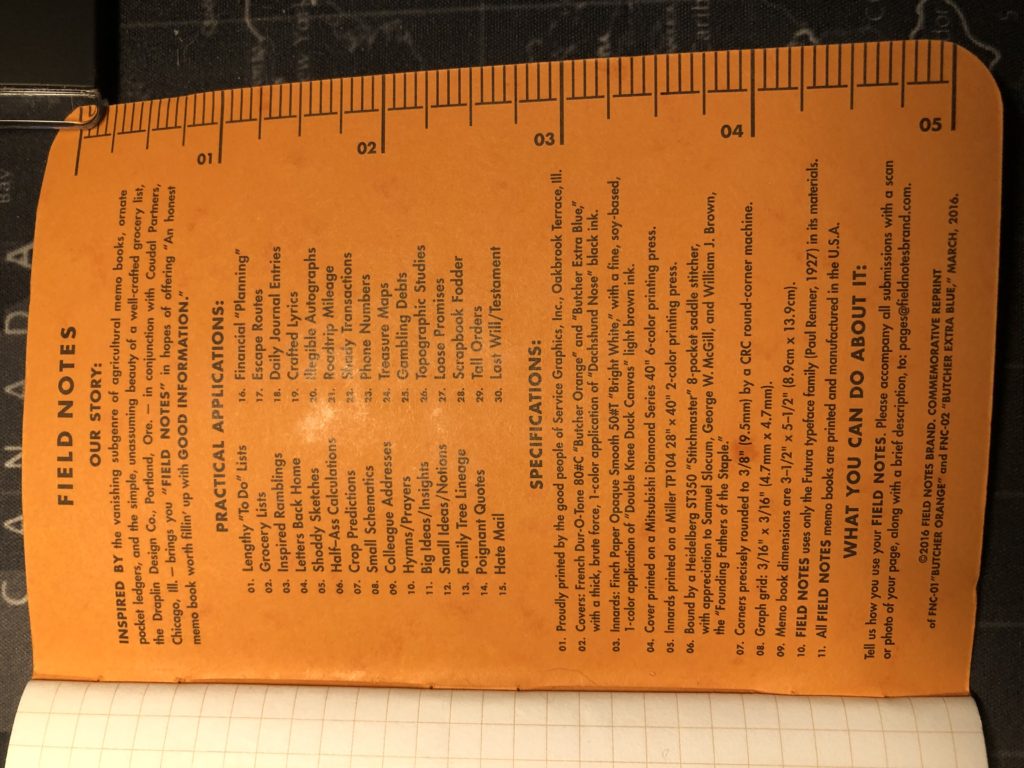
The inside back cover is the standard list of Practical Applications—we can assume because the original Butcher Orange had the same list as found in the standard Kraft brown set. Presumably the only difference in the Commemorative Reprint version is the edition notes at the bottom.
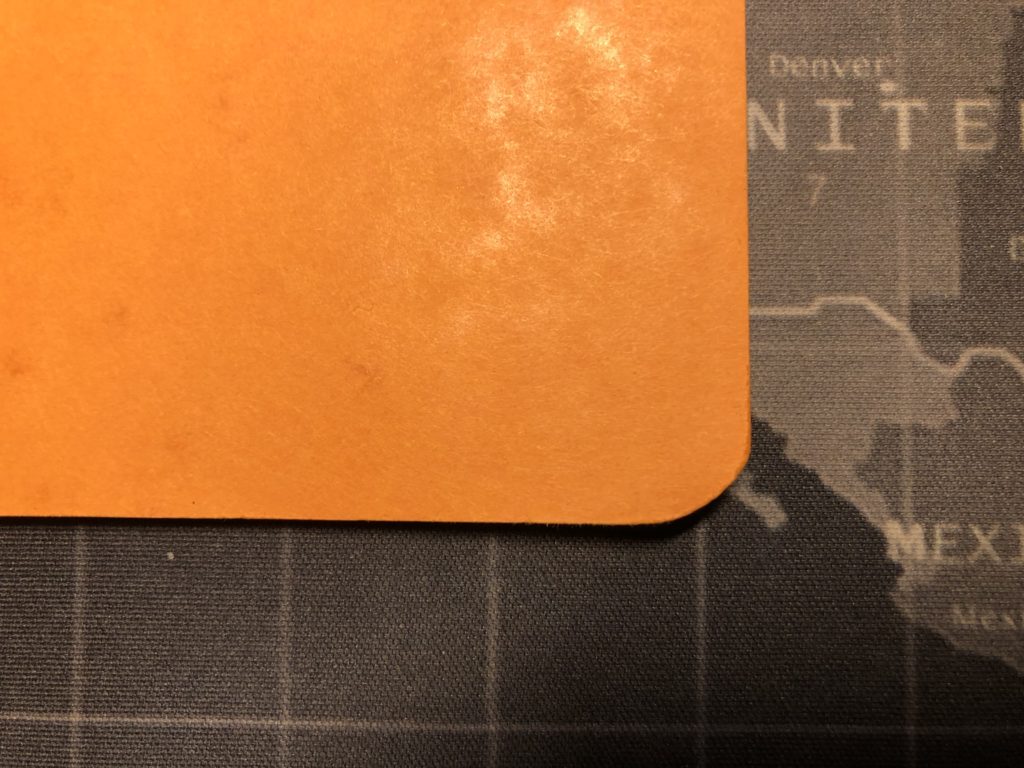
So yeah. After using the book for just two days, I was ready to look at a different cover.

But really, the innards are where the rubber meets the road on these little books, and 50#T just doesn’t really cut it for most purposes. Ghosting with any implement short of a pencil—and even a Blackwing Palomino shows through slightly. Rolling ball? Not so good. Sharpie? Forget about it. Complete bleedthrough. Lamy Safari fountain pen? Bleedthrough and feathering. I ended up needing to use a Sakura Pigma Micron for much of this book. The pages even felt thin to the fingers. But my biggest aesthetic gripe was a not-well-rounded upper right corner—a problem I’d seen on my County Fair set as well. Seems the old CRC corner rounder that FN had, was…not very good. We see much better corners on most editions after they started using a Southworth corner machine.
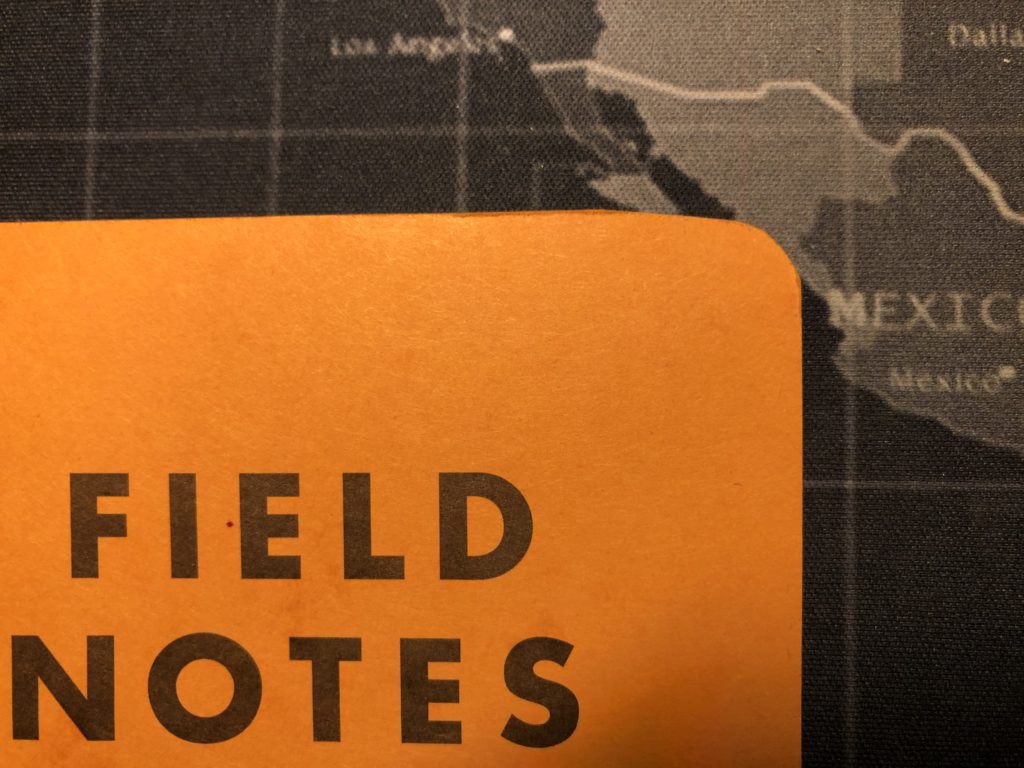
In closing, was there anything good to say about using the Commemorative Reprint Orange? Yes. It made me realize I had no desire to hunt down and actually use an original Butcher Orange or Butcher Blue. It was a unique experience. I wanted to like the book for what it was, but ultimately, I’d already been exposed to the company’s better, higher quality products from latter years, so experiencing what it used to be like was less of a thrill. I decided I did want to hunt down and use and review all of the limited editions, and I think for me, Commemorative Reprint versions of Orange and Blue will suffice just fine.
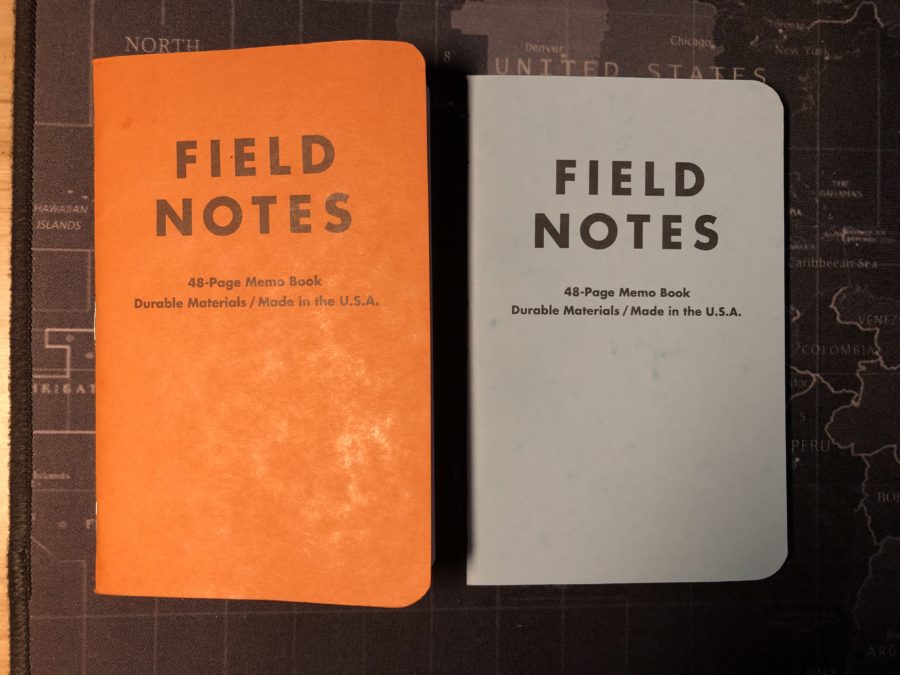


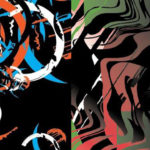
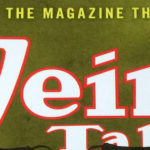

Recent Comments
Steve
"Very cool!!! "
Doc Vaughn
"SWEET "
Kane
"Thanks, guys. Lynn, I'm sorry to hear times have been so trying. Hope ..."
Lyn
"Happy New Year,Kane! It is going to be a better year..Not being able ..."
Dan Delgado
"Echo Mike’s sentiments. Happy New Year, Kane and family! "